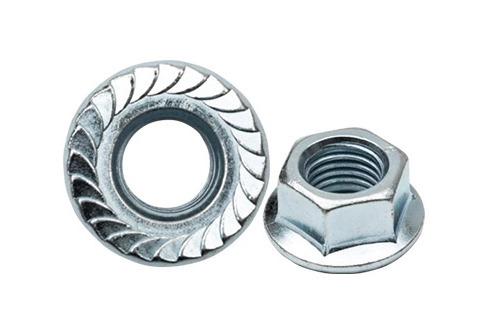Unlocking Nature's Treasure: The Mineral-Rich World of Sea Salts
When it comes to enhancing culinary experiences, sea salt has emerged as a preferred choice for chefs and home cooks alike. Beyond its flavor-enhancing properties, sea salt is often touted for its mineral content, which can vary significantly depending on its source. In this article, we will explore which sea salts have the most minerals, delving into their unique compositions, health benefits, and culinary applications.
Understanding Sea Salt and Its Mineral Composition
Sea salt is harvested through the evaporation of seawater, a process that retains not only sodium chloride but also a variety of trace minerals. These minerals can include magnesium, calcium, potassium, and iron, among others. The specific mineral content of sea salt is influenced by several factors, including the geographical location of the salt source, the method of harvesting, and the purity of the seawater used.
Types of Sea Salts Rich in Minerals
- Himalayan Pink Salt
- Origin: Mined from ancient sea beds in the Himalayan region.
- Mineral Content: Contains over 80 trace minerals, including iron oxide, which gives it its characteristic pink hue. Other notable minerals include calcium, magnesium, and potassium.
- Health Benefits: Advocates claim that Himalayan pink salt can help balance electrolytes, improve hydration, and support respiratory health.
- Fleur de Sel
- Origin: Harvested from the surface of salt ponds in coastal regions of France, particularly in Guérande.
- Mineral Content: Rich in magnesium and calcium, Fleur de Sel is known for its delicate flavor and high moisture content.
- Culinary Use: Often used as a finishing salt, it enhances dishes with its unique texture and flavor profile.
- Celtic Sea Salt
- Origin: Harvested from the coastal regions of France, particularly Brittany.
- Mineral Content: Contains a balanced array of minerals, including magnesium, potassium, and calcium, with a slightly grey hue due to its clay content.
- Health Benefits: Known for its hydrating properties, Celtic sea salt is often recommended for those looking to replenish electrolytes.
- Black Hawaiian Sea Salt (Kala Namak)
- Origin: Sourced from the volcanic islands of Hawaii.
- Mineral Content: Contains activated charcoal, which not only gives it a distinctive black color but also adds detoxifying properties. It is rich in minerals like iron and magnesium.
- Culinary Use: Its unique flavor makes it a popular choice for seasoning grilled meats and vegetables.
- Red Hawaiian Sea Salt (Alaea Salt)
- Origin: Also sourced from Hawaii, this salt is mixed with red alae clay.
- Mineral Content: Rich in iron oxide, giving it a reddish hue, and contains a variety of trace minerals.
- Culinary Use: Often used in traditional Hawaiian dishes, it adds a unique flavor and color to food.
The Health Implications of Mineral-Rich Sea Salts
While the primary component of sea salt is sodium chloride, the additional minerals present can offer various health benefits. For instance, magnesium is known to support muscle and nerve function, while potassium is essential for heart health. However, it is essential to consume these salts in moderation, as excessive sodium intake can lead to health issues such as hypertension.
How to Choose the Right Sea Salt
When selecting a sea salt, consider the following factors:
- Source: Research the origin of the salt. Salts from clean, unpolluted waters are preferable.
- Processing: Opt for minimally processed salts to retain their natural mineral content.
- Flavor Profile: Different salts impart unique flavors; choose one that complements your culinary needs.
Conclusion
In the quest for flavorful and healthful cooking, mineral-rich sea salts offer a treasure trove of benefits. From the delicate Fleur de Sel to the robust Black Hawaiian Sea Salt, each variety brings its unique mineral profile and culinary potential. By understanding the mineral content and health implications of these salts, you can make informed choices that enhance both your dishes and your well-being. As you explore the world of sea salts, remember that moderation is key, and the right salt can elevate your culinary creations to new heights.





